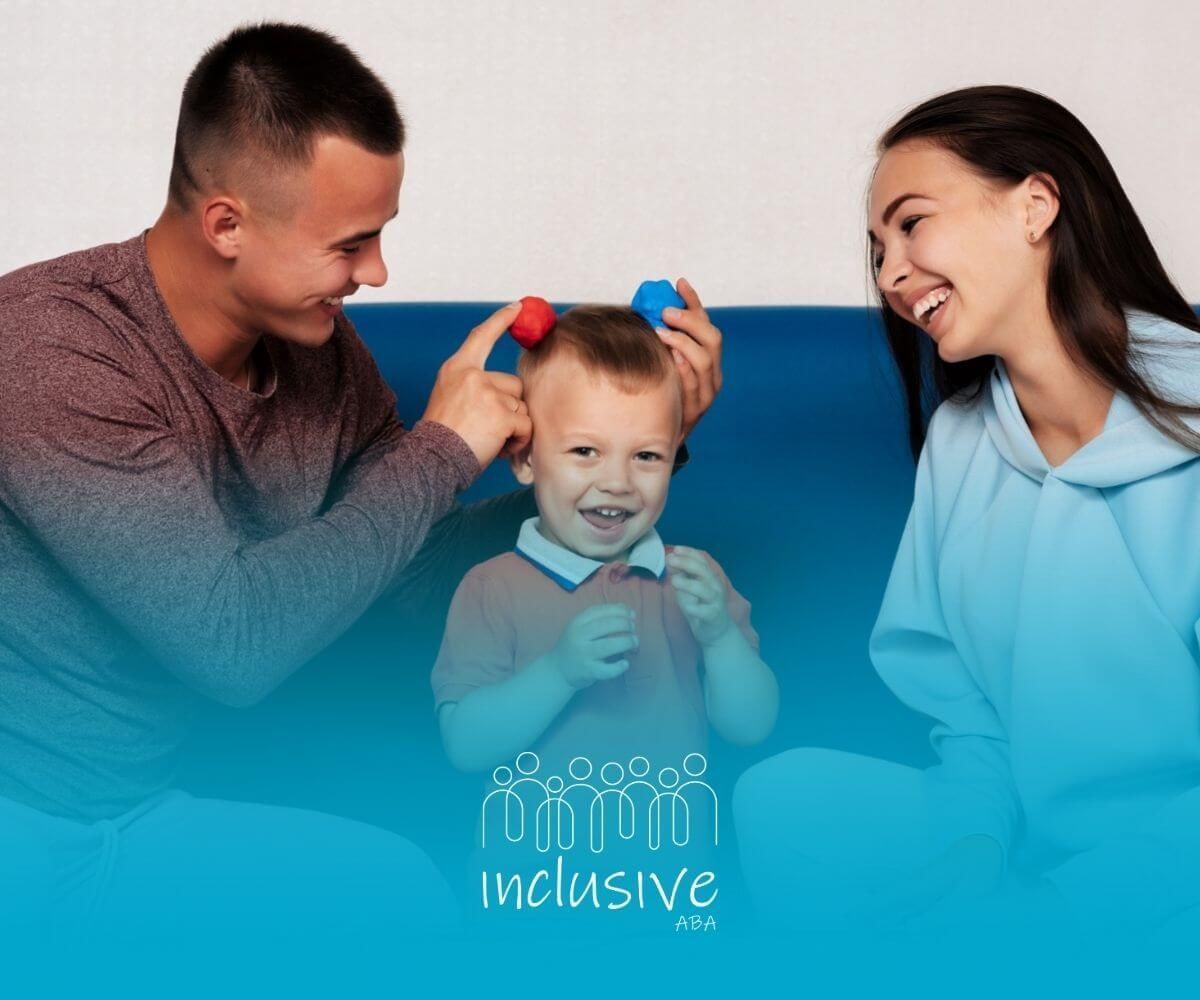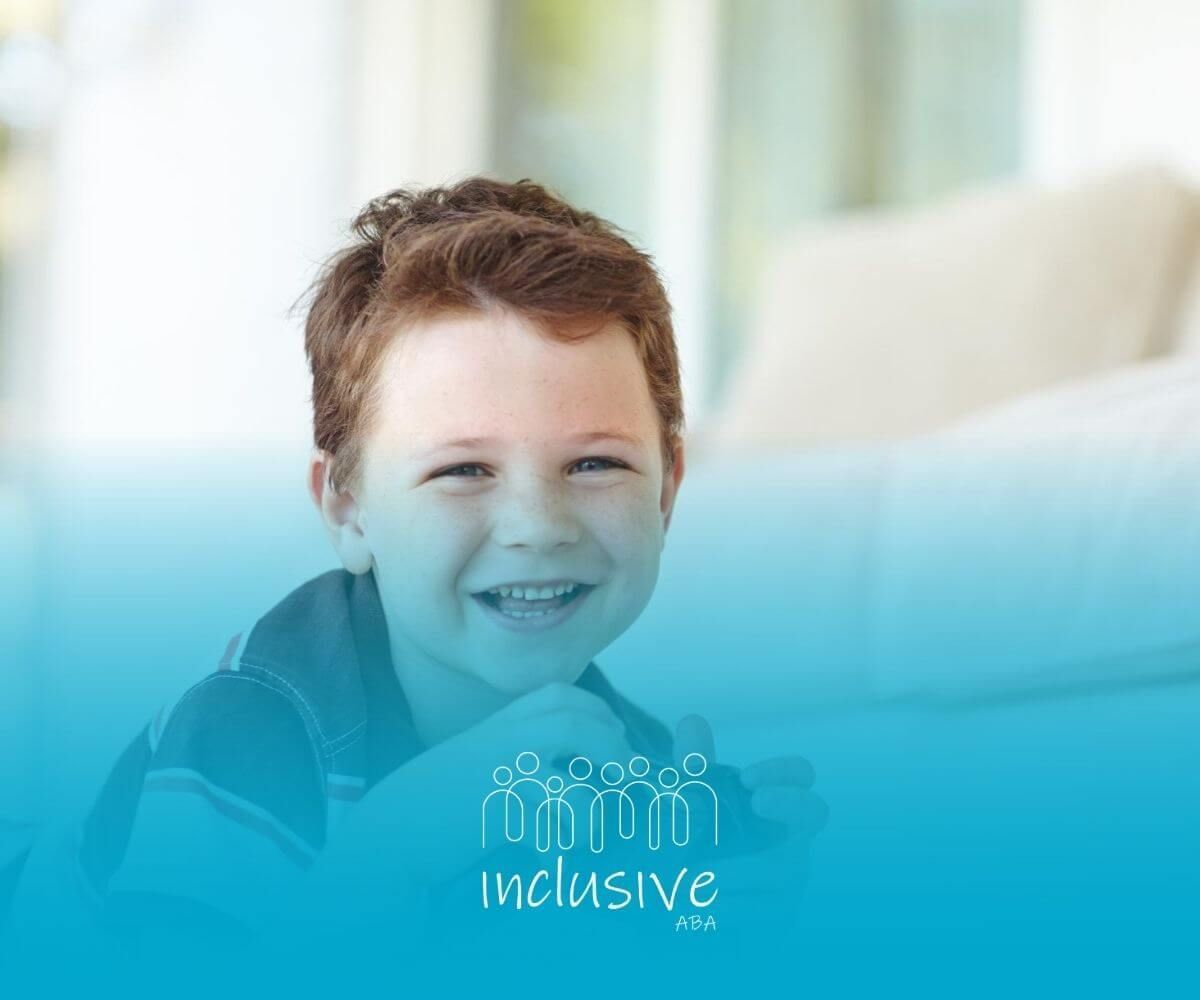Finding the Right Fit: Autism Learning Styles & Strategies
Learning is not one-size-fits-all, especially for children on the autism spectrum. Some children learn best through visuals, while others prefer auditory input or hands-on experiences. Identifying a child's unique learning style is the key to helping them thrive academically, socially, and emotionally.
In this article, I’ll explore different autism learning styles and the best strategies to support each one.
Understanding Autism Learning Styles
What are Autism Learning Styles?
As an ABA professional, I’ve seen firsthand how children with autism spectrum disorder process information in unique ways. Autism learning styles refer to the individual ways in which these children absorb, retain, and understand information.
No two children are the same, so recognizing and adapting to their preferred learning style can make all the difference in their education and overall development.
From my experience, most children with autism tend to lean toward one or more of these learning styles:
- Visual Learning: Preferring to see and observe things, such as pictures, diagrams, and written instructions.
- Auditory Learning: Learning best through listening to spoken instructions, music, and sounds.
- Kinesthetic Learning: Thriving with hands-on experiences and physical activities.
Why Identifying a Child’s Learning Style Matters
Figuring out how a child learns best isn’t just helpful—it’s essential. When we align our teaching strategies with a child's natural learning style, we set them up for success. It reduces frustration, builds confidence, and makes learning feel more natural and enjoyable.
By identifying and addressing a child's preferred learning style, we can:
- Develop personalized teaching methods that suit their strengths.
- Create a structured,
engaging learning environment.
- Reduce anxiety and encourage active participation.
- Improve communication with teachers, therapists, and family members.
Every child deserves an approach that works for them, and by focusing on their individual needs, we can help them reach their full potential.
Visual Learning Style
Characteristics of Visual Learners
Some children with autism process information best when they see it. These kids tend to love charts, pictures, and written instructions. They may have a keen eye for detail and often notice small visual changes in their environment.
Common Traits of Visual Learners
Preference for Visual Aids
Visual learners prefer and benefit from visual aids such as pictures, graphs, diagrams, and illustrations to understand and retain information.
Strong Visual Memory
They have strong memory recall when information is presented visually. They can often "see" information in their mind when trying to remember it.
Enjoy Visual Arts
Visual learners typically enjoy drawing, painting, or creating visual art. They often express themselves better through visual media.
Excel at Reading and Writing
They often excel at reading and writing activities, as these allow them to process information visually rather than auditorily.
Challenges with Verbal Instructions
They may struggle with purely verbal instructions if they aren't accompanied by visual cues or written down.
Visual Learning Preferences
How visual learners prefer to receive information:
"Visual learners think in pictures. They learn best when information is presented visually and in a picture or design format. In a classroom setting, they benefit from instructors who use visual aids such as whiteboards, videos, charts, and graphs."
Strategies for Teaching Visual Learners
For children who learn best through visuals, I recommend incorporating plenty of visual elements into their daily learning. Here are some effective learning techniques for autism:
- Use Visual Schedules: Having a
predictable routine with images or icons can help them feel more secure.
- Incorporate Colorful Charts & Diagrams: These help explain concepts in an engaging way.
- Provide Written Instructions: Bullet points and step-by-step guides make following directions easier.
- Utilize Flashcards: Great for reinforcing vocabulary and concepts.
- Encourage Drawing & Coloring: This allows them to express ideas creatively.
- Implement Storyboards or Comic Strips: These can make storytelling and sequencing more engaging.
By integrating these strategies, we can create a structured, visually appealing learning experience that keeps visual learners engaged and thriving.
Auditory Learning Style
Characteristics of Auditory Learners
Auditory learners absorb information best through listening. They often excel when information is presented verbally and enjoy conversations, storytelling, and music.
Some key traits of auditory learners include:
- Strong listening skills.
- A preference for verbal instructions over written ones.
- Enjoyment of discussions and interactive conversations.
- A keen ability to remember spoken information.
- A love for music, rhythms, and sound-based activities.
Strategies for Teaching Auditory Learners
If a child is an auditory learner, I always suggest incorporating more spoken and sound-based activities into their learning. Some great techniques include:
- Verbal Instructions: Keep directions clear and concise, and repeat key points when needed.
- Discussion-Based Learning: Encourage conversations and let them express their thoughts verbally.
- Storytelling: Narrate stories to explain concepts in a way that captures their attention.
- Use Audio Resources: Audiobooks, educational podcasts, and recorded lessons can be great tools.
- Incorporate Music & Rhythms: Songs and rhythmic activities can make learning more engaging.
- Encourage Recitation: Repeating and reciting information out loud reinforces memory and understanding.
By leaning into their strengths, we can create a supportive and effective learning environment for auditory learners.
Kinesthetic Learning Style
Characteristics of Kinesthetic Learners
Some children with autism learn best through movement and hands-on experiences. These kinesthetic learners need to engage physically with their environment to fully grasp concepts.
Common characteristics of kinesthetic learners include:
- A preference for hands-on activities and real-world experiences.
- A tendency to fidget or move around while learning.
- A strong connection between movement and memory retention.
- An ability to learn best through doing rather than observing or listening.
- Enjoyment of role-playing and interactive games.
Strategies for Teaching Kinesthetic Learners
To support kinesthetic learners, I always recommend integrating movement and interactive experiences into their learning process. Some effective methods include:
- Hands-On Activities: Using puzzles, building blocks, or sensory bins to explore concepts.
- Interactive Learning Games: Engaging them in physical games that teach concepts through movement.
- Role-Playing: Acting out scenarios to reinforce social skills and understanding.
- Frequent Breaks: Allowing time for movement between lessons helps them stay focused.
- Experiential Learning: Taking learning outside the classroom through field trips or nature walks.
- Use of Fidget Tools: Small sensory-friendly objects can help with focus without being distracting.
By embracing their need for movement, we can make learning more enjoyable and effective for kinesthetic learners.
Every child with autism has their own way of learning, and as an ABA professional, I’ve seen just how transformative it can be when we adapt our approach to meet their individual needs. Whether they are visual, auditory, or kinesthetic learners, tailoring their learning environment can unlock their full potential.
At Inclusive ABA, we believe that every child deserves a personalized learning approach that caters to their strengths. If you’re looking for expert ABA therapy services that support your child’s unique learning style, we’re here to help. Our dedicated team provides tailored strategies to enhance communication, learning, and independence.
Call us today at 888-912-7893 or email us at info@inclusiveaba.com to learn more about how Inclusive ABA can support your child’s development. Let's create a learning path that works best for them!
FAQs
What are the different autism learning styles?
Autism learning styles include visual (learning through images), auditory (learning through sound), and kinesthetic (learning through movement and touch). Understanding these can help tailor education to a child’s needs.
How can I identify my child’s learning style?
Observe how your child engages with information—do they prefer looking at pictures, listening to stories, or doing hands-on activities? Keeping track of these preferences can help identify their learning style.
Why is it important to understand autism learning styles?
Recognizing a child’s learning style allows parents, educators, and therapists to provide tailored support, making learning more effective and enjoyable while reducing frustration.
Sources:
- https://pmc.ncbi.nlm.nih.gov/articles/PMC3155869/
- https://pubmed.ncbi.nlm.nih.gov/26070275/
- https://autismnow.org/blog/the-learning-styles-of-children-with-autism-spectrum-disorder/
- https://mansfieldhall.org/2023/05/03/understanding-autism-how-different-learning-styles-impact-autistic-students/
- https://pathfindersforautism.org/articles/education/learning-styles-fact-sheet/
Looking for Expert Help? We're Here for You!
Our compassionate and skilled team is devoted to enhancing your child's development through customized ABA therapy. Let us partner with you to create a supportive environment for your child's success.
Discover how we can help your family thrive with expert ABA therapy.
Related Posts







